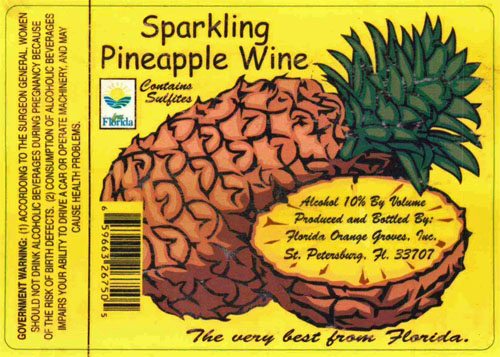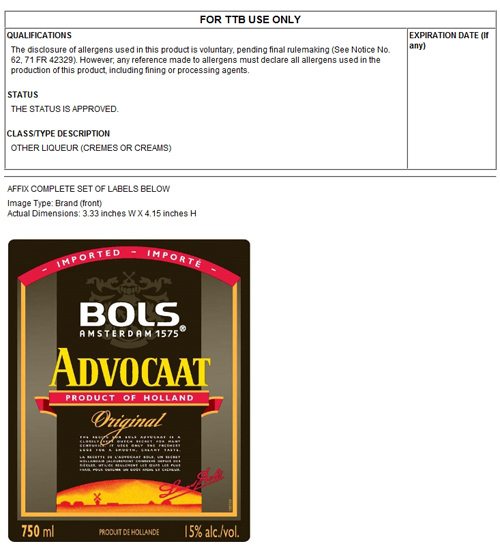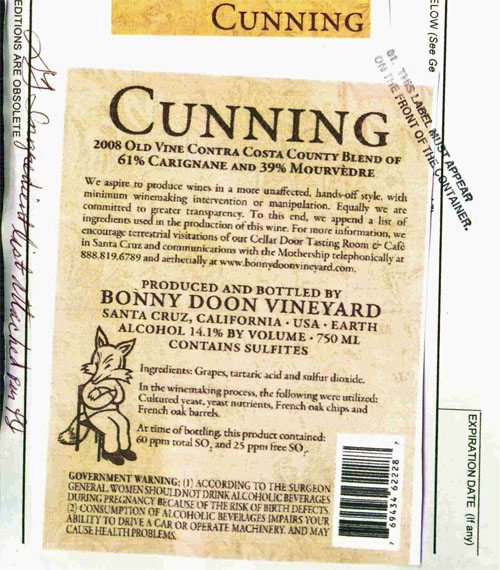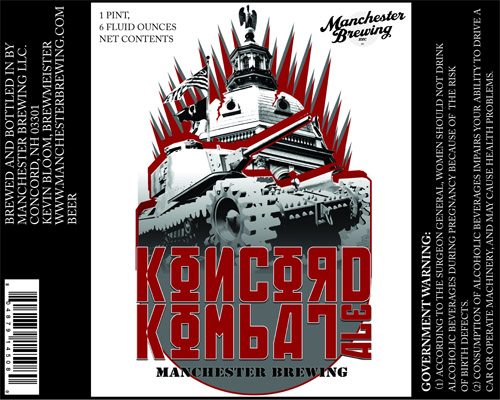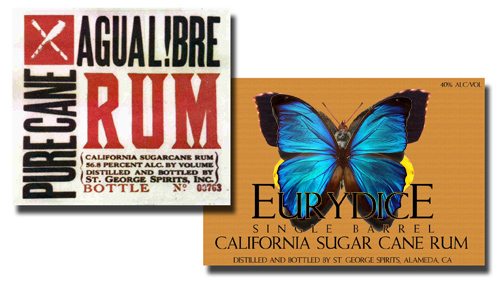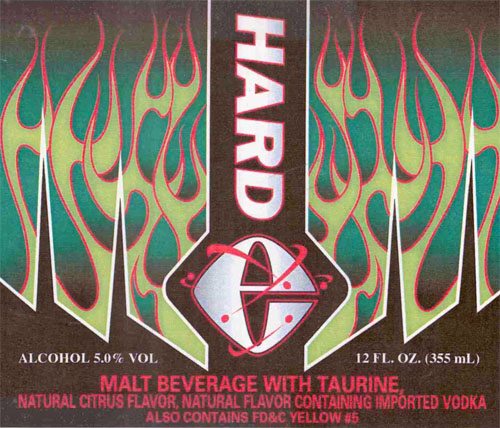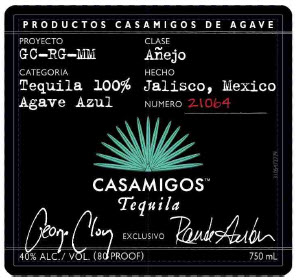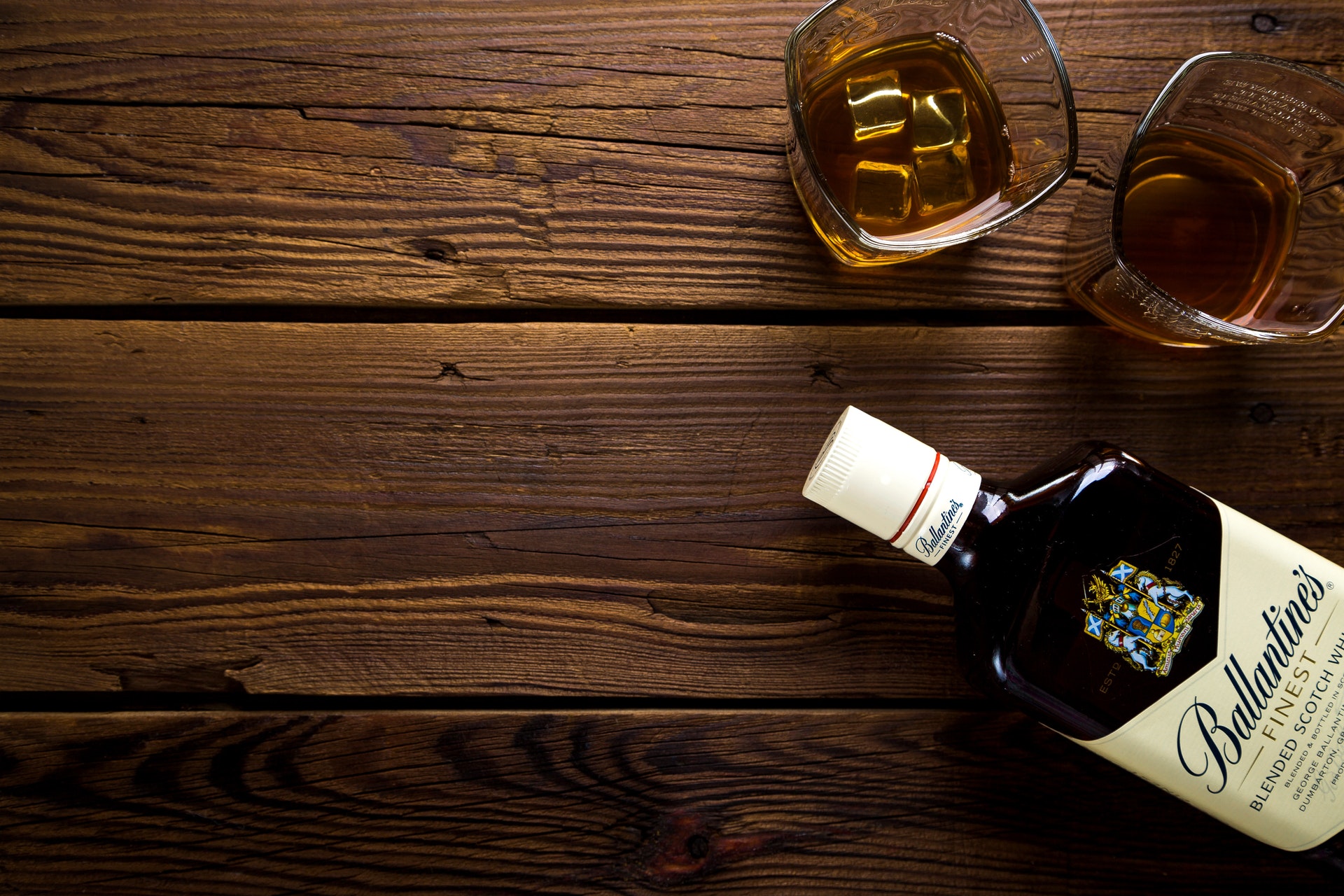Here is wine made from pineapples, rather than grape wine with pineapple flavor. The above wine is produced and bottled by Florida Orange Groves of St. Petersburg, Florida. A second example is made in Thailand and imported by Radee Wine of Sacramento, California.
Advocaat
This fine product has eggs on the label, and in the bottle, so it comes equipped with an allergen qualification, on the approval. The above qualification says:
The disclosure of allergens used in this product is voluntary, pending final rulemaking (See Notice No. 62, 71 FR 42329). However; any reference made to allergens must declare all allergens used in the production of this product, including fining or processing agents.
And it is a harbinger of the allergen fun that is soon to commence. Soon, allergen disclosures will be mandatory on beer, wine and spirits. There is not much on the web or in the rules to explain how Advocaat should be made and where the name comes from, but the Bak’s label does a pretty good job. It explains that Bak’s Advocaat is made with potato spirits, egg yolk, sugar, vanilla and a bit of brandy.
Ingredient Labeling on Wine
Back in the 1970s ATF/TTB worked vigorously to control wine-labeling, where FDA wanted to get involved and insist upon detailed ingredient lists, as is common on most other food labels. The matter got resolved by way of Brown-Forman Distillers Corp. v. Mathews, 435 F. Supp. 5 (W.D. Ky. 1976).
But this did not stop Bonny Doon Winery. Many of Bonny Doon’s labels include quite detailed ingredient labeling, and Bonny Doon has been one of few alcohol beverage companies willing to swim against the tide and volunteer this information. Bonny Doon’s Cunning label shows the following ingredients: grapes, tartaric acid and sulfur dioxide. It goes on to say the product was made with cultured yeast, yeast nutrients, French oak chips, and French oak barrels.
According to Decanter, Bonny Doon president Randall Grahm said:
It’s useful to provide more detailed information about the ingredients used in wine production and reduce our dependence on standard wine additions, even those considered to be benign such as tartaric acid, bentonite, yeast nutrients, enzymes, sulphur dioxide.
Let us know if you see other TTB labels with detailed ingredient labeling.
Soviet-Style Flag Over NH Capitol
You can probably find some examples of American flags on TTB labels. But TTB usually does not allow it, and for that reason you won’t find one on this label.
Manchester Brewing explains:
The feds forced us to remove part of the American flag, and replace the stars with a hammer and sickle. It’s the law, doesn’t have to make any sense. Originally, the Kombat ale was a Special Bitter, but it’s moved a bit beyond that.
A better view of the modified flag is here. Is it any wonder that TTB rejected a bunch of Manchester’s labels? Manchester goes on to explain:
Smacked Down by The Man! The TTB rejected all of our labels! One had a flag over the capitol; it was an American flag but that’s not allowed — so we put a Hammer and Sickle where the stars go, and that’s ok. Also, we used OMFG! on another label, and the government decided that was obscene, even though we protested that it meant Oh My Fairy Godmother and told them we were sticking to that story. So now it says “Censored” over the OMFG, and people tell me they find that funnier.
California Rum
Most of the world’s rum is produced in the Caribbean. Not a lot has been made in the US.
But lately there are signs of incipient production in California. Here are two: Agua Libre and Eurydice. Both are made by St. George Spirits in Alameda, California. A Swedish blog explains:
Eurydice starts with the fresh-pressed cane juice of 100% California-grown sugar cane. The cane, grown in Southern California, is harvested and crushed at St George Spirits’ Alameda facility where it is fermented with two strains of wine yeast designed to accent the fruit and floral notes of the cane.
It is good to see that TTB is not asserting that an appellation may not be indicated. On some occasions TTB has asserted that vintage-, varietal-, and appellation-type claims should not be made on distilled spirits products because these subtle characteristics are not discernible after distillation.
Taurine
Taurine has been widely used in alcohol beverages for about ten years. One of the early approvals is Hard E Malt Beverage with Taurine, as above. Another early example is Sparks with Caffeine, Taurine, Guarana and Ginseng, from a few months later.
Taurine showed up in TTB/ATF products around 2001, a few years after Red Bull hit the US. Red Bull famously contains taurine as well as caffeine and B vitamins. Some, like CSPI, have said taurine is of dubious legitimacy in food, but this article points out that Red Bull sells the beverage, with taurine, in well over 130 countries. The US of course is among those countries and there is no big sign of FDA concern. France had banned Red Bull with taurine for many years but began allowing it in April of 2008. On this occasion, the company said:
Last year alone, over three and a half billion cans and bottles of Red Bull energy drink were consumed in over 143 countries across the world and no one anywhere has ever shown any link between [the product] and harmful effects. Red Bull could only have such global sales because health authorities across the world have concluded that [it] is safe to consume.
The term is derived from “taurus,” Latin for bull, because it was initially found in ox bile. It occurs naturally and widely in meat and seafood. There is not much evidence that it’s good for you or bad (for example, it has little to no stimulant effects).
Hard E is also a rare example of a malt beverage with vodka on the label.
